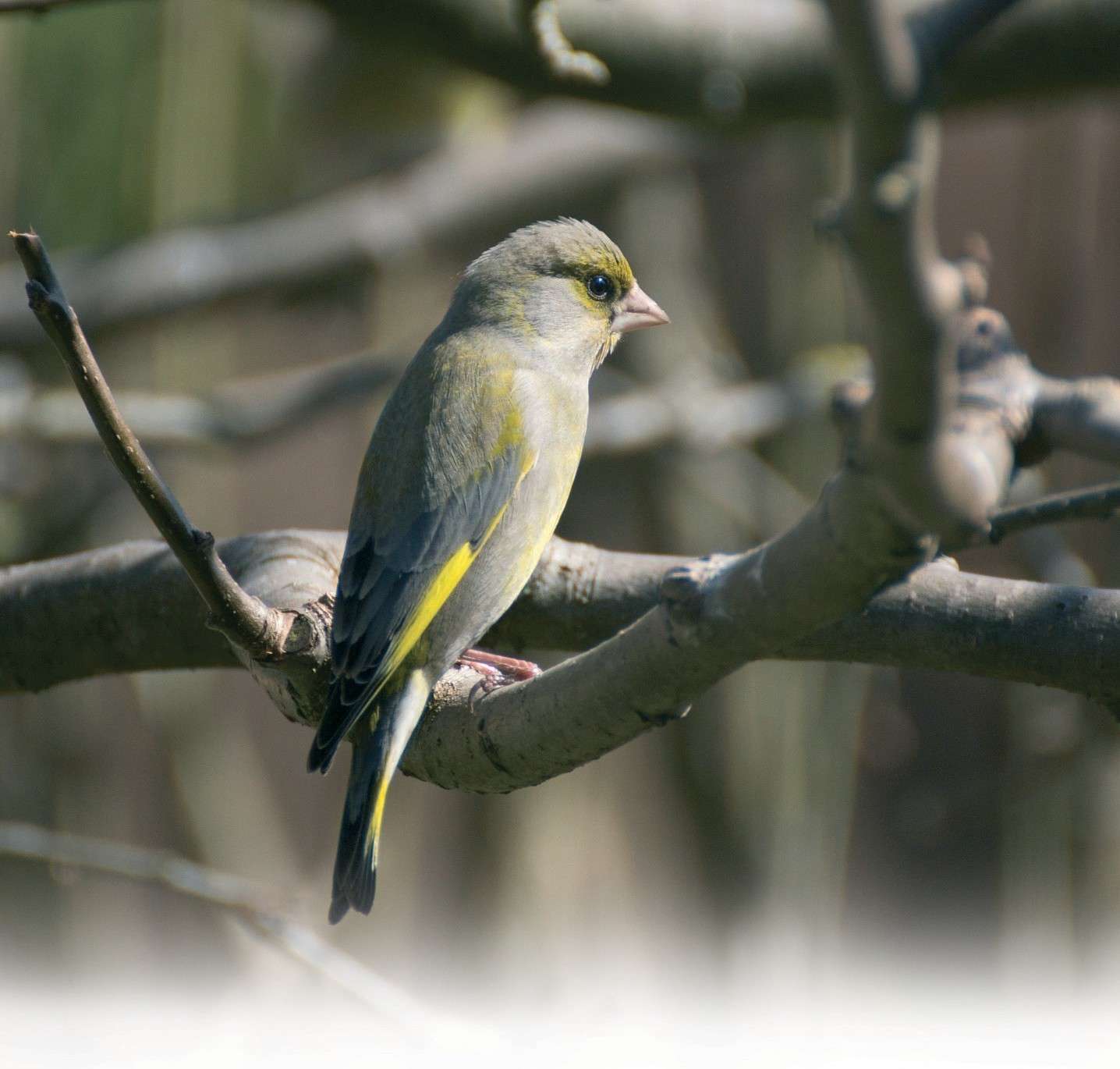
The Greenfinch, that chirpy House Sparrow sized-visitor to the garden and bird table, is in trouble.
I was seeing up to 140 in flocks around farms in the Cranleigh area only 18 years ago. And until recent times this tubby songster put in daily winter appearances for just about everybody who cared to feed it.
As we moved into the turn of the century I regarded its status as a frequent resident, winter visitor and passage migrant – although even then I was noting its numbers appeared to be falling.
But it has been more recently harshly clobbered by something rather nasty that’s been lurking around our feeding stations in the last decade – and I don’t mean the abundant cat population.
Greenfinch numbers have been steadily plummeting since the disease known as Finch trichomonosis, caused by a protozoal parasite called Trichomonas gallinae, was first identified as a worry for our perching birds in 2005.
Since then there has been a steady decline nationally and locally. If you are still seeing or hearing them regularly near you then you are an exception. It will be interesting to see the results of a concerted effort among Cranleigh bird watchers to survey their gardens over the weekend of 30-31 January for the
RSPB’s annual Big Garden Birdwatch. Nationally last year the Greenfinch dropped from 15th most common bird in the 2014 survey to 25th – a huge fall.
As I write, if early records from a number of local birders this year are anything to go by, then the species will I fear have crashed even further from its one-time perch in the top 10.
Until 2011, I always saw Greenfinch on the first day of the year and it was sometimes my first or second bird for January 1 – the day when keen birders are always eager to make an early start on their latest year list.
But as I neared the end of the first week of 2016 I hadn’t seen or heard even a ‘wheeze’ from a Greenfinch, even though I’d seen 72 other species. And a birding gardener friend of mine told me he saw over 80 species this year before eventually ‘clocking’ just one single bird that eventually flew overhead.
Finch trichomonosis is a stinker and it has hit other species too, including the Chaffinch. I have seen them with grossly deformed feet, or even no feet at all. Affected birds may show signs of lethargy, fluffed-up plumage, breathing difficulties, and wet plumage around the bill.
It is estimated there has been an annual rate of decline of the breeding Greenfinch population within England of at least 7 per cent since the initial epidemic.
Do your bit to fight back by following British Trust for Ornithology (BTO) advice to routinely take sensible hygiene precautions if handling bird feeders and tables: ‘Clean and disinfect feeders and feeding sites regularly. Suitable disinfectants that can be used include a weak solution of domestic bleach (5% sodium hypochlorite) or other specially-designed commercial products.’
Rinse feeders thoroughly, air-dry before re-use, and clean bird baths daily. Rotating feeder positions can also help prevent the build-up of contamination in any one area of ground below your feeders.











